50W LED Floodlights
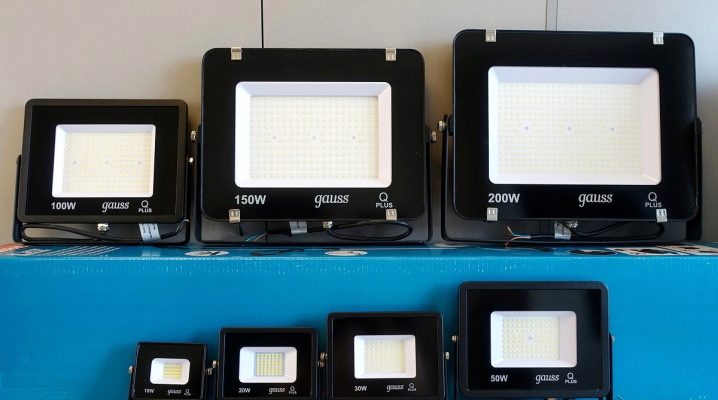
LED floodlights with a power of 50 W are invariably used in the construction industry, design and advertising, when illuminating works of art and architectural elements. A high degree of their reliability and resistance to moisture ensure their use when organizing backlighting even in an aqueous environment, not to mention everyday issues.
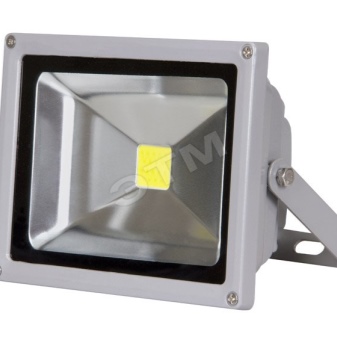
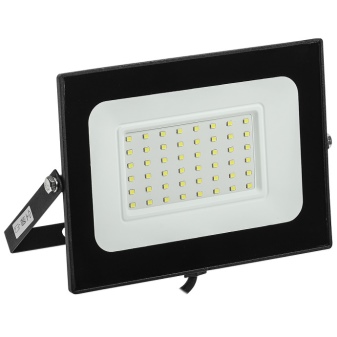
Peculiarities
LED floodlights with a power of 50 W are light sources manufactured to apply light energy in specific places. The light emitted by them is given the appropriate spatial angle required at the place of use by means of a special mirror device. They are characterized not only by a high level of luminous flux (they shine brightly), but also by durability.
One of the features of the device is the presence of a reflector in it, which concentrates the light in the right place. The shapes of the reflectors are determined by the peculiarities of the place where the searchlights are used, and special mirrors are used to increase the range of propagation of the rays. Such a structure is typical, for example, in border devices. In this case, to create a powerful beam of light, the angles of its scattering lead to a given ratio with other design parameters of the product. The uniformity of the luminous flux emitted by LEDs depends on the reflector.
The versatility of products is determined by the specifics of the places of use and protection standards, which have their own markings and parameters:
- IP44 - for indoor lighting;
- IP65 - outdoor options;
- IP67 - for ground use;
- IP68 - for underwater use.

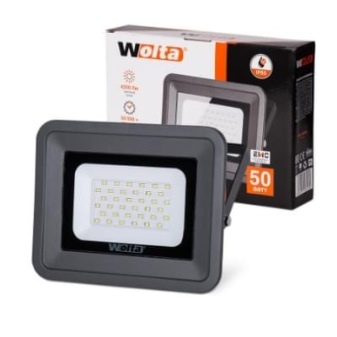
Other features.
- The presence of special drivers for organizing power supply. At the same time, it is taken into account that LED-based drivers must withstand outdoor temperatures from -40 to +40 in dry or humid air (full protection - at the IP 68 level, from dirt, as well as when placed in reservoirs at depths of more than 1 m ).
- Exceptional tightness of the power unit. For this, the entire electronic part is filled with a compound, and the power part is mounted with a silicone seal.
- The use of optical devices to form the required angles of the diode glow.
- The presence of special radiators for good heat dissipation.
- Using a reflector (reflector) that reflects the light flux into the source area with the least scattering. Here, parabolic or hyperbolic types of mirrors are used.
- The presence of terminals for connecting the power section and the light module.
- Application of special protective glass.
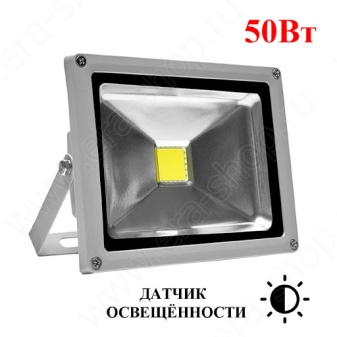
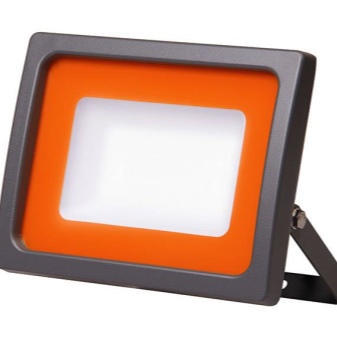
Of the advantages of the device, we highlight:
- obtaining a high degree of brightness;
- no overheating of circuit elements;
- the presence of a high level of resistance to mechanical stress;
- long service life;
- low level of power consumption;
- environmental harmlessness, including during disposal;
- the formation of a concentrated light beam.
Minuses:
- high price tag;
- the need for a power supply module;
- the complexity of replacing failed LEDs.
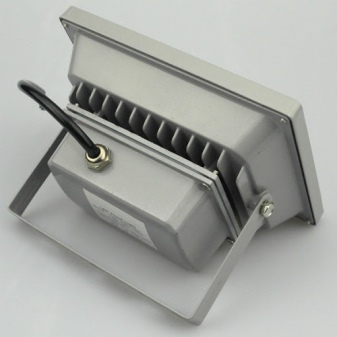
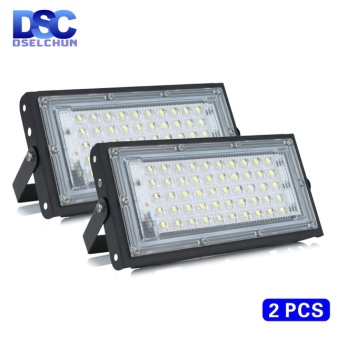
Main characteristics
The main characteristics of the product include:
- running standard size 259x190x32 mm;
- glow angles;
- the value of the light supply index is more than 85 ra;
- power level 50-50.6 watts;
- light flux level - up to 3450 lm;
- average weight - 1.2 kg.
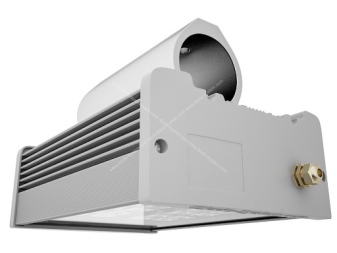
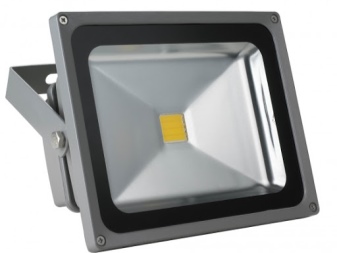
What are they?
Diode floodlights are classified according to various criteria.
Indoor and outdoor
- For internal use.
- For street lighting.
Underwater devices are used to illuminate reservoirs, and the main indicators here are: the power of the diodes, the greatest depth of the device, proper adherence to the accepted standard values for the level of moisture resistance.
With soil options, the devices are located in the ground or in road elements. Like other types of devices, they are equipped with reliable diodes (SMD 5050, SMD 5730). They are selected according to the power, the degree of strength of the protective glass and the degree of protection against dust and moisture.
For ordinary street devices, the relevant parameters are: the angle of beam propagation, power and degree of protection from dirt and moisture. All outdoor products are designed to operate in unstable electrical conditions.

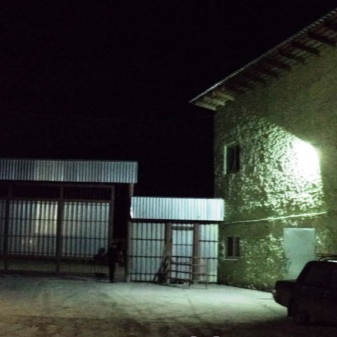
Household appliances can be operated up to 8000 hours, and industrial ones - up to 15000 hours.
By the strength of the luminous flux
By the strength of the radiation, the devices produce:
- low-emitting - up to 1500 lm;
- medium-emitting - up to 10,000 lm;
- highly emitting - from 10 klm.
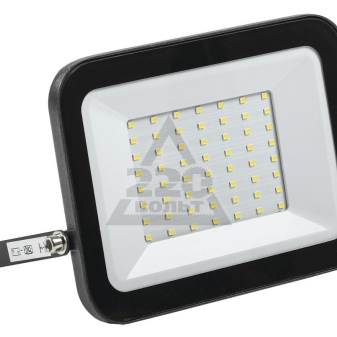
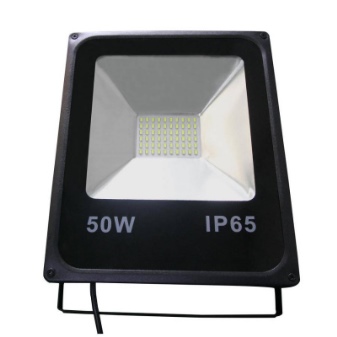
By color
By radiation colors:
- white;
- close to white;
- multicolor (rgb);
- to illuminate landscapes;
- for accented design;
- for track lights;
- for decorative needs;
- for illumination purposes;
- in industrial execution;
- for facade decoration;
- to decorate water spaces.
At the same time, there are various temperature modes for the operation of products:
- 2800 k - soft, yellowish (warm color);
- 4200 k - soft, typical white;
- 6000 k - coldish white.
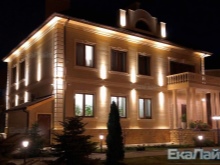

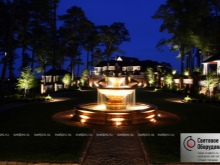
Special units are also produced for organizing special effects. They use RGB LEDs made for this very purpose.
By device type
There are devices:
- monochrome type;
- matrix;
- linear;
- full color.
The first type of device is used to create an accentuated type of lighting. Thus, the IntiLINE series floodlights include a number of subsections, where they can be adjusted autonomously. The body of the product is made of aluminum coated with a special powder composition. Average power - 4953 W.
Matrix devices provide for the presence of voltage stabilizers. Therefore, the product is capable of functioning in a certain voltage register - 85-265 V. It is powered by a three-core wire made by Chip On Board (chip on board), which reduces the dimensions of the diode unit. Due to this, there is an increase in the duration of the operation of the crystals and an improvement in the quality of illumination.
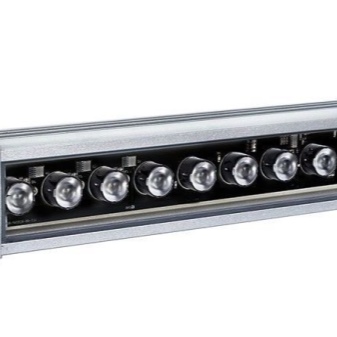
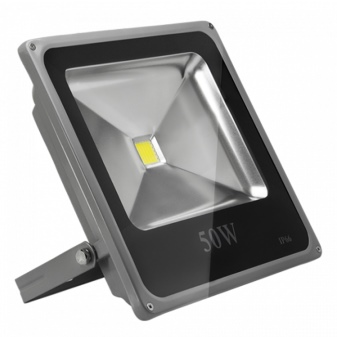
Devices of the linear type have positively proven themselves when organizing the illumination of the facades of buildings at various levels, when it is necessary to supply light downward. Products are produced with different types of filling and a different number of diodes. The types of used optics also vary here.
Full-color devices have shown themselves well when organizing all kinds of colorful backlights. For example, the DDU01 FL24-LED product is regulated using various elements responsible for the brightness and color of the diode glow. In practice, a distinction is also made between rechargeable and portable versions of 50W floodlights. In this case, the area covered with light and the quality parameters of LEDs are of great importance.
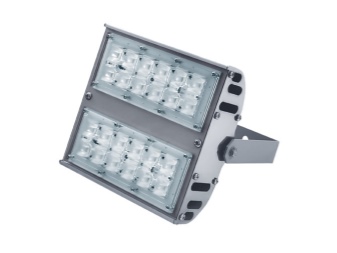
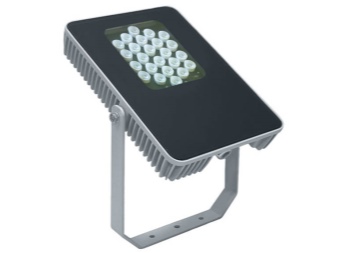
Spare parts
Repair of LED floodlights seems to be advisable, but only in those cases when they use spare elements coordinated with each other (in terms of volt-ampere parameters). Mistakes in their selection can be expensive - the payment for repairing the product reaches 400 rubles.
Matrices (light sources) and drivers (power supplies) are usually subject to replacement. Both of these elements, as a rule, cannot be disassembled, and in case of failure they must be replaced separately or in pairs. The number of matrices and drivers in a product can be from 1 to 4. Inexpensive and poorly executed devices break down more often and faster.
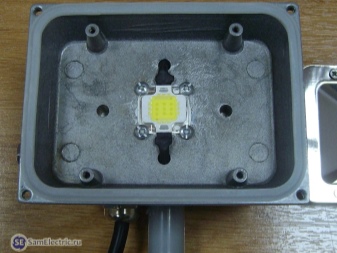
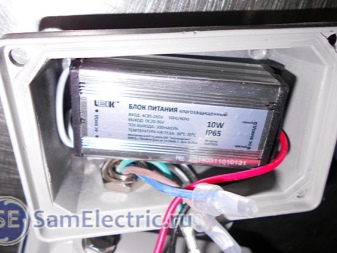
In this case, the spotlights start blinking, shine dimly or do not light up at all, which indicates the need for diagnostics and repair of the product.
Popular brands
From the popular brands and the rating according to their reliability, we will indicate several practical and relatively inexpensive models.
- FL-LED LIGHT-PAD 50W 2700K 4250LM (IP65) - a product with a classic design, giving out warm light with a color temperature of about 2700K. It is powered at a voltage of 195-240V. A device with an excellent color rendering index (above 80 Ra), allowing to produce the most natural color tones. The angle of coverage is 120 °, at an operating temperature in the range of -20 ° С - + 45 ° С. Product dimensions - 25x20.5x4 cm. Warranty period - 2 years. Price RUB 850

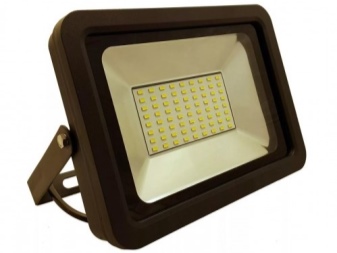
- IEK СДО 07-50 50ВТ 4000ЛМ IP65 LPDO701-50-K03 - a device with a high color temperature index, which allows you to create a strong light emission of cold color (up to 400 lm). The coverage angle is 120 °. Voltage - 220-240 V. Power factor is over 0.9%. The device is equipped with protection class 1 against electric current, the degree of protection is IP65. Operating temperature range in the range -40 ° С - + 50 ° С. The body parts are made of aluminum alloy, and the diffuser is made of hardened thermal glass. Price - 720 rubles.
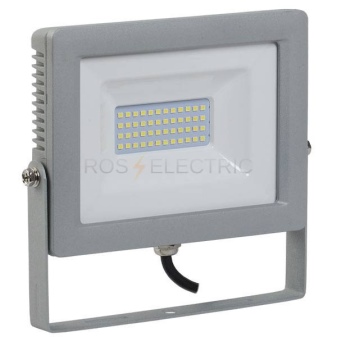

- NAVIGATORI NFL-P-LED - an energy-efficient unit with a significant level of protection at the IP65 level. Reliable for use both indoors and outdoors. The body part is made of the strongest ABC-substance, where a radiator is provided, which provides the best conditions for the functioning of the diodes. Diffuser with matt finish with a coverage angle of up to 70 °. Effective temperature range - -30 - + 40 ° C. The efficiency of the product is up to 70 lm / W, with a color naturalness coefficient of 75 Ra. Cost - 1300 rubles.
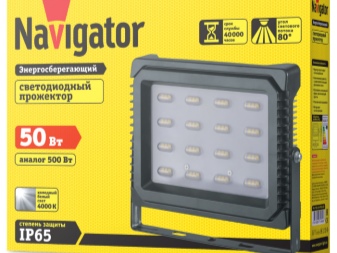
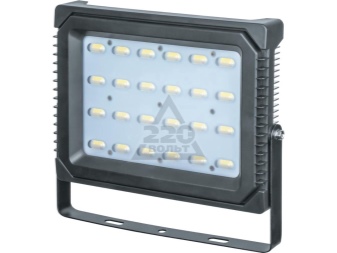
- SAFFIT SFL80-50 IP65 50W - a small device that reacts to moving objects. It is powered from the mains (230V). The degree of protection is high - IP65. It emits a light cold beam of light (6400 K). Service life - 25000 hours. Aluminum case. Scattering angle typical. It costs 1200 rubles.
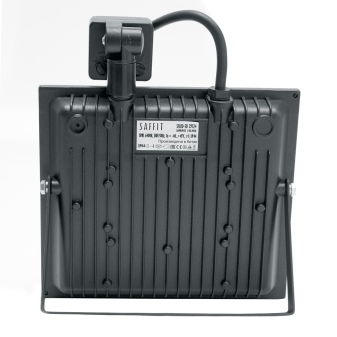
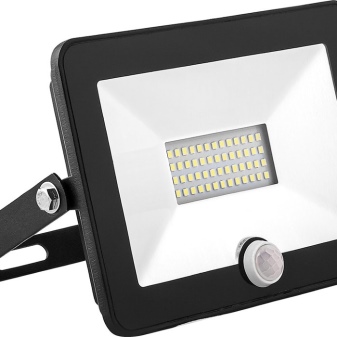
- OSF50-10-C-01 LED 50W IP66 4200K. Product for projects under construction, domestic and industrial needs in various areas. The device is energy efficient, with a capacity of up to 54 watts. Forms a beam of light up to 5000 lm. Diffusion angle - 120 °. Temperature color mode - 4000-4500K. The plafond is shockproof. Dimensions - 28.5x23.5x15 cm. Protection level IP66. Internal power block design. Cost - 4500 rubles.

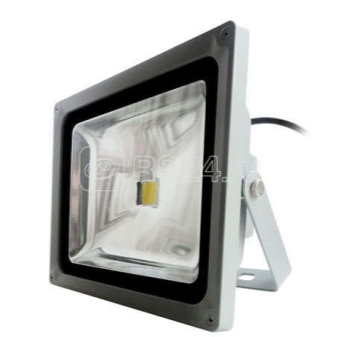
- DOMINANT II +
The model is universal and extremely reliable (5990 rubles). Used by:
- in architectural ensembles;
- for decorating landscapes, shop windows, water bodies and fountains.
It is powered in the range of 95-265 V. Provides uninterrupted operation even with significant voltage fluctuations. The strength of the emitted beam is up to 5200 lm, and the color temperature is about 6000 K. The weight of the product is 2.3 kg, dimensions are 8.6x26.5x13.5 cm. The device is resistant to extreme climatic conditions.
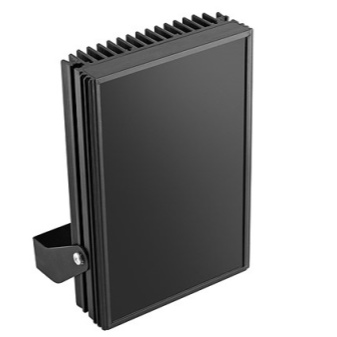

Secrets of choice
The main and simplest selection criteria:
- cleanliness, dryness and serviceability of the packaging;
- barcode display;
- availability of instructional documents;
- indication of the type of product and its manufacturer without errors;
- parameters, functions and current values can be found on the packaging, in the instruction documents or in the data sheet.
Next, we check the technical parameters: - power, overall dimensions and weight of the product, compliance with the level of protection of the case in relation to the conditions of use of the device. We are dealing with additional functions that expand the possibilities of using the device (motion and light sensors, the ability to adjust the brightness, etc.).
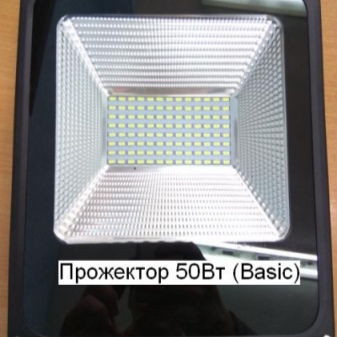

We take into account the brand, as well as the manufacturer's warranty obligations. Finally, there are cost issues.
How to connect?
In the process of connecting the device, it is important to follow the safety rules.
- Regardless of the power supply parameters of the mounted device (220 V or 12 V), before starting work, you should definitely not wet your hands.
- Do not handle electrical equipment with wet or sweaty hands.
- We do not recommend starting work with outdoor devices in wet or cloudy weather.
- In the course of work, do not forget to disconnect the circuit from the power supply, in order to avoid electric shock.
- First, you should measure the voltage in the network and make sure that its value is no more than 220 V (permissible deviations are 5-6%).
- Avoid placing the product tightly with low-power appliances.
- Do not place or use any chemicals near the LED lights.
- If you find any malfunctions in the operation of the led floodlight, immediately disconnect it from the mains. Failures can occur due to a malfunction of the matrix itself, individual diodes or voltage surges.
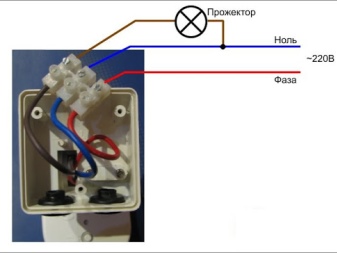
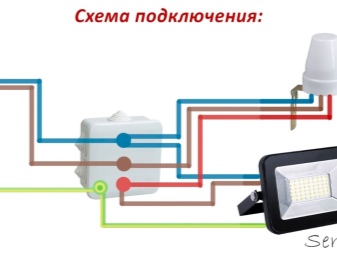
The installation work of the device is usually phased in nature:
- search for the installation site;
- preparation of tools and materials;
- direct connection.
We define the area for lighting. We select a place so that the light hits exactly the intended area. It is better to draw up a diagram or sketch beforehand. It is clear that the power supplies of the device must be nearby. It is extremely important that the fixing brackets sit firmly on the wall or on the selected object. The devices are attached to ceilings, supports, walls, but the main requirement will be a smooth mounting surface. The mounting height will depend on the dimensions, power of the device and the illuminated area. Small devices are usually mounted at a height of no more than 16 m.
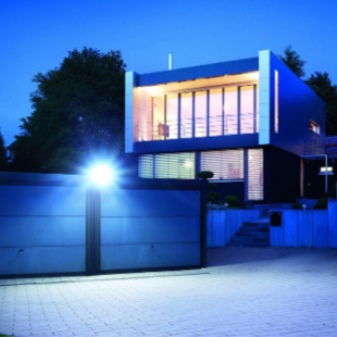
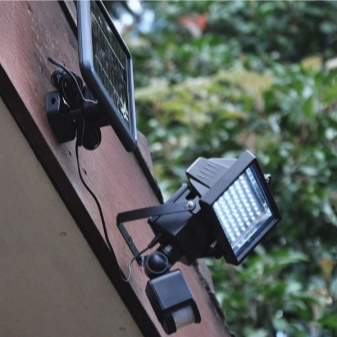
Remember that you are dealing with multifunctional devices that make it easy to set specific tilt angles.
At the second stage, you will need:
- side cutters;
- office knife or special wire stripper;
- soldering iron and accessories;
- insulating tape;
- screwdriver.
Read the instructions carefully. If there is nothing specified about the polarity, then during installation it can be ignored. To connect the floodlight, use a copper or other conductor resistant to high temperature values (up to 160 ° C). It is not always necessary to ground the circuit, so the yellow-green wire can simply be reliably insulated and hidden in the rear section of the device. The specificity of the connection may well depend on the type of modification (operates on direct or alternating current). In the first case, you can use a household rectifier.
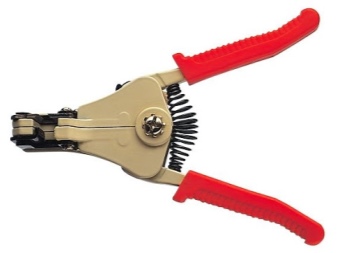

Before installation, examine the body of the product (make sure it is not damaged). Next, you need to free the terminal block in order to gain access to the terminals and grounding assemblies. Then remove the stuffing box entry and de-energize the line by turning off the power supply from the general switchboard.
Mount the cover in the free space - it will protect the wiring from water. Position the device by lightly installing the screws and screws. Remove the wires from the box and connect to the required (according to the wiring diagram) ends. Solder the connections securely. Next, isolate the joints, hide them inside the terminal box, which then close the lid by screwing it in with bolts. Fasten the screws to the device to firmly install it.
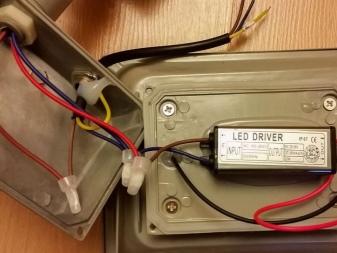

Switch on the voltage and check that the device is functioning.













The comment was sent successfully.